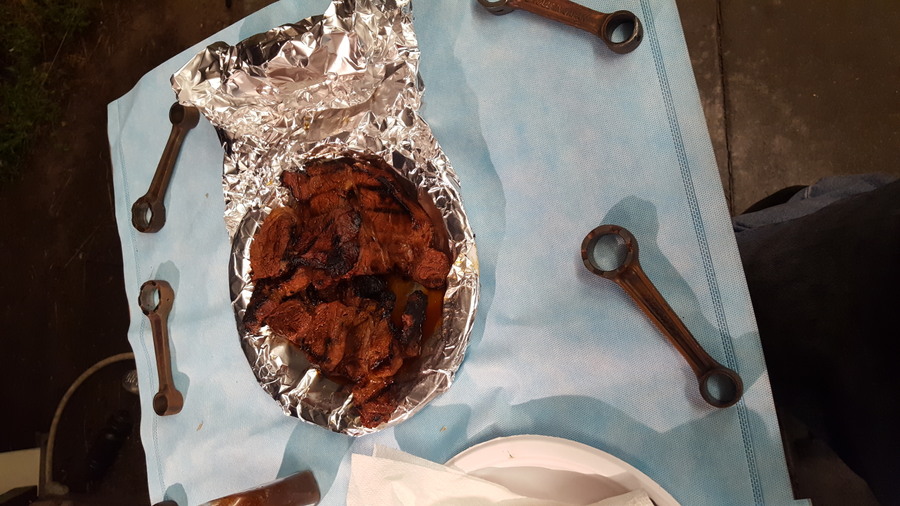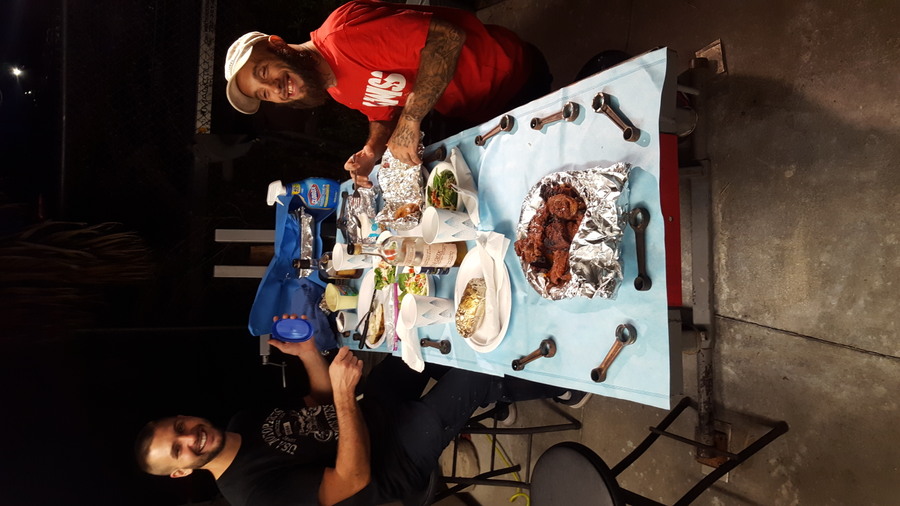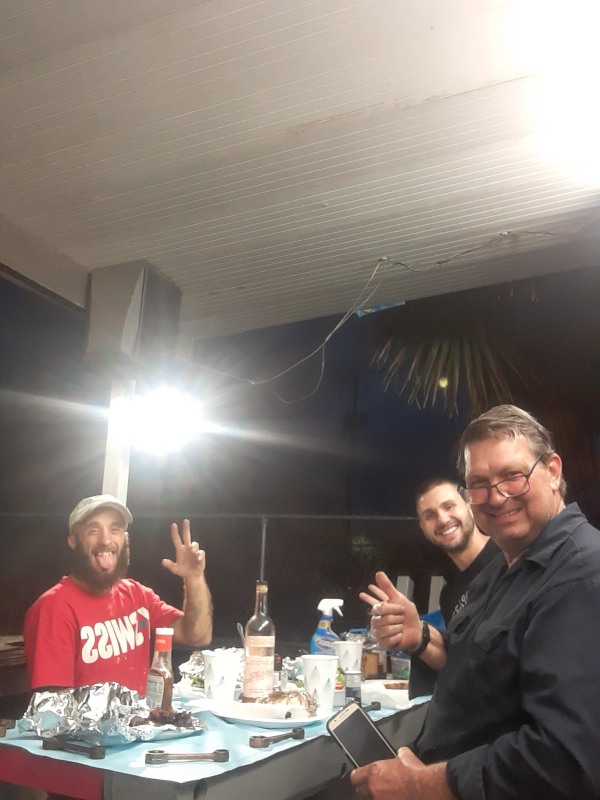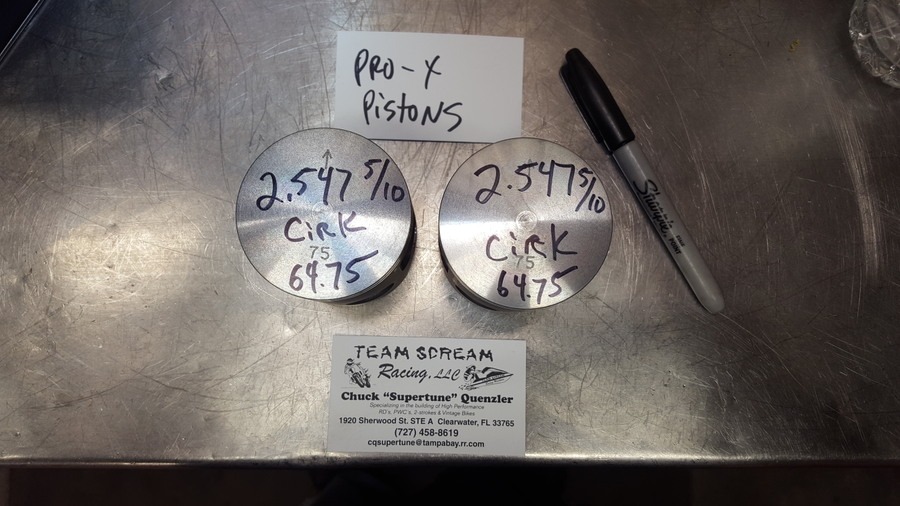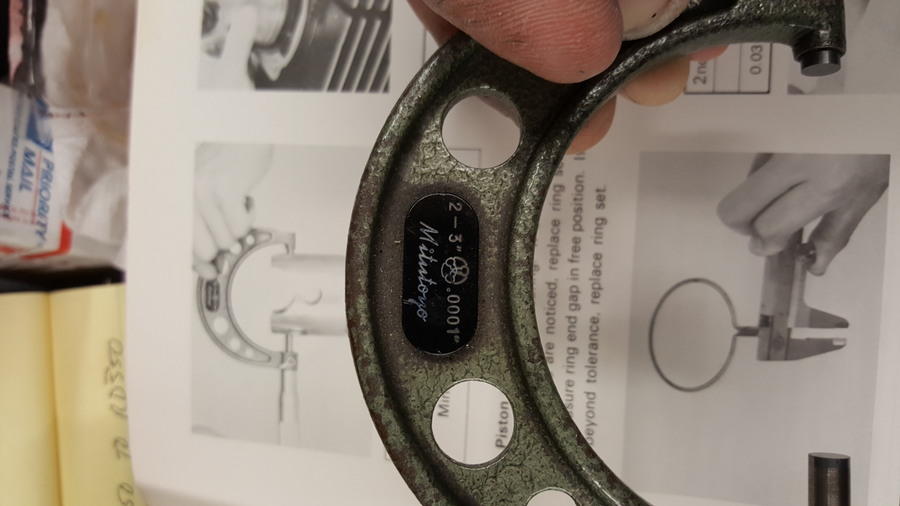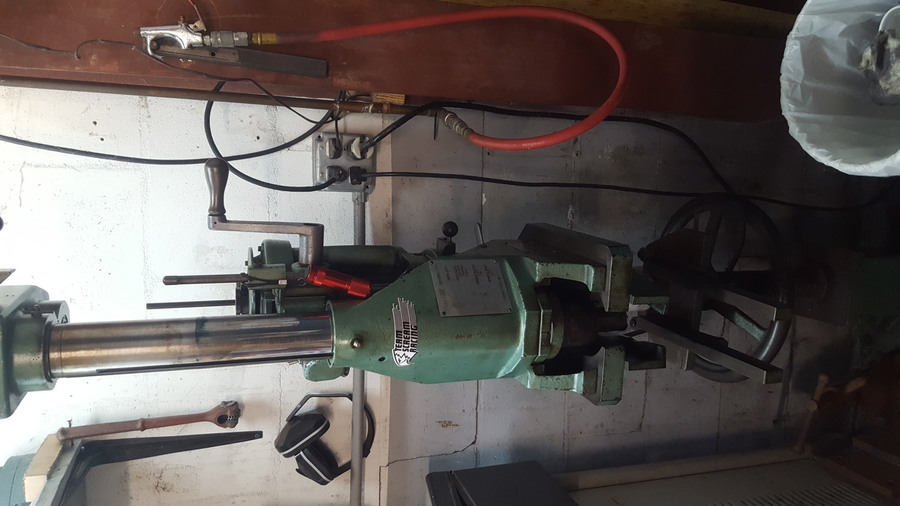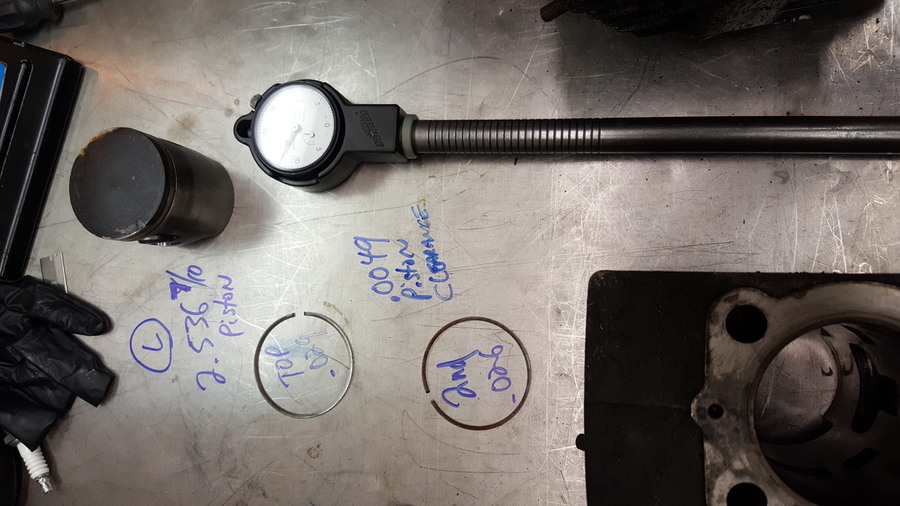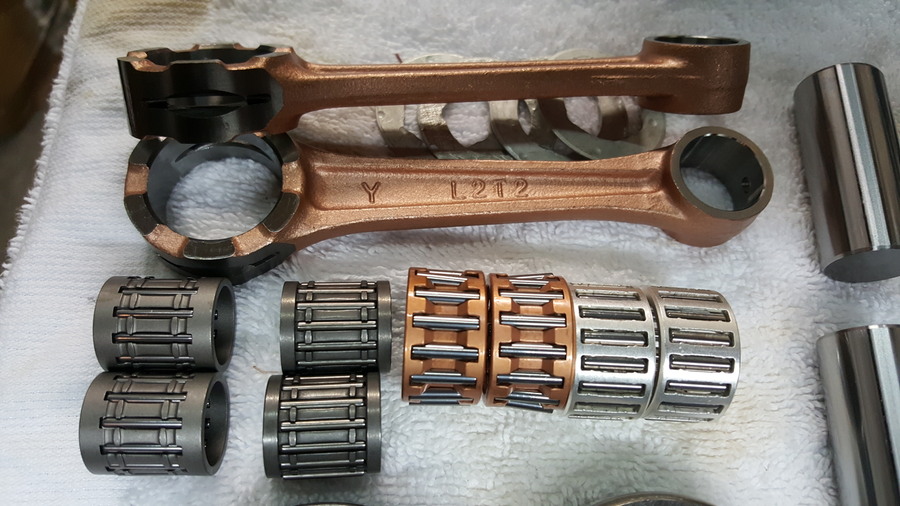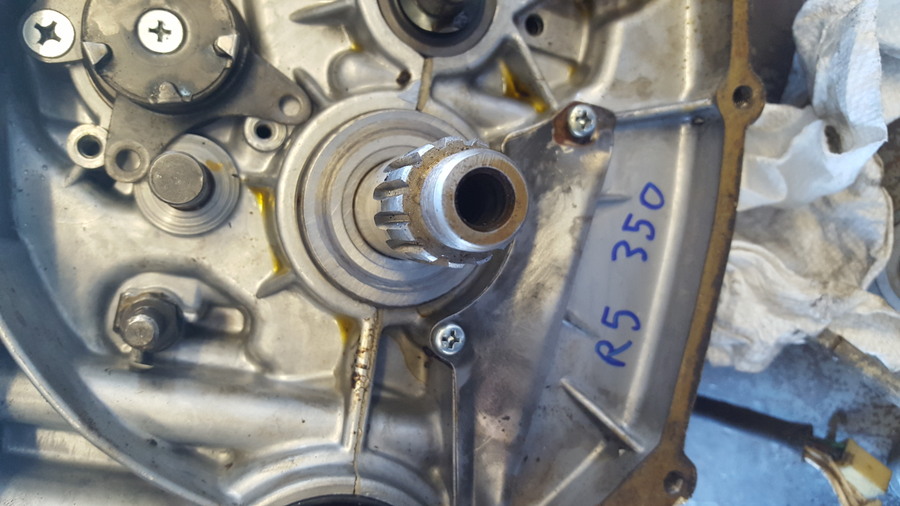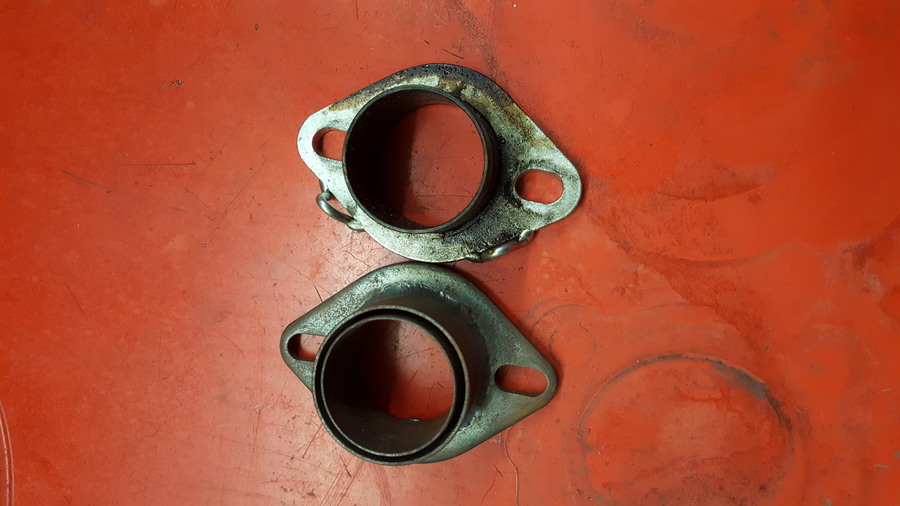Ok it's time to replace the stock oem turn signals on Paul's RD400.
What have you guys done for descent conversion without the big $$ stuff?
I just took them off on my Yellow Screamer 20 years ago...
Don't care if we lose the self cancelling.
Thanks
Chuck
What have you guys done for descent conversion without the big $$ stuff?
I just took them off on my Yellow Screamer 20 years ago...
Don't care if we lose the self cancelling.
Thanks
Chuck
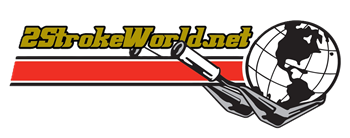



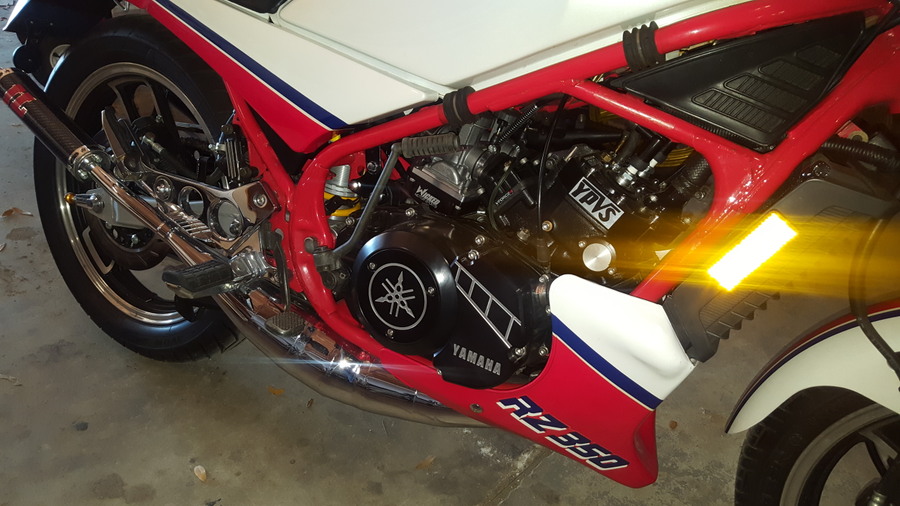


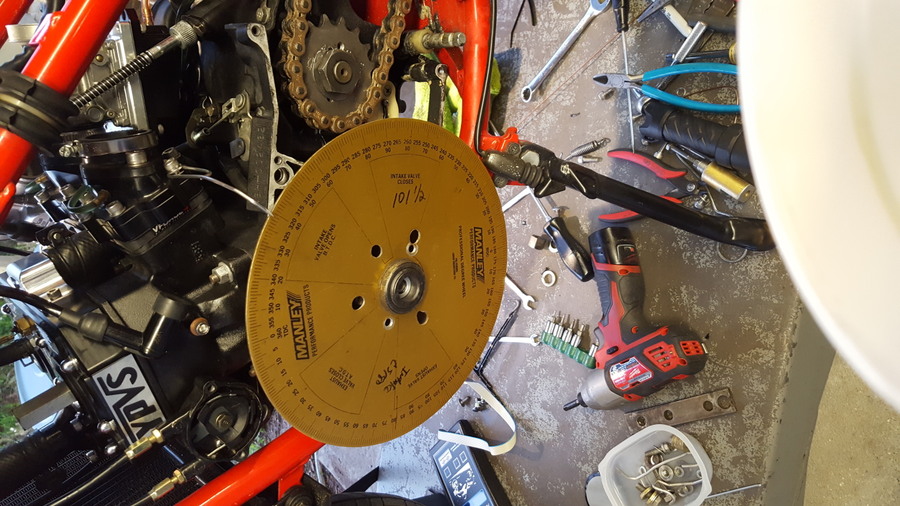







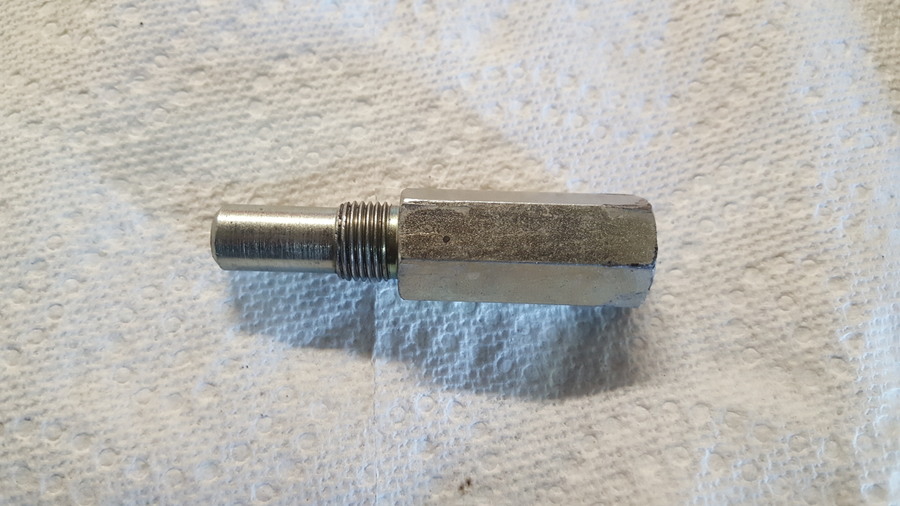















:max_bytes(150000):strip_icc():format(webp)/Stocksy_txp10879031xNd200_Medium_2473120-9ee1254655154b34bb66b12fe6b72740.jpg)

